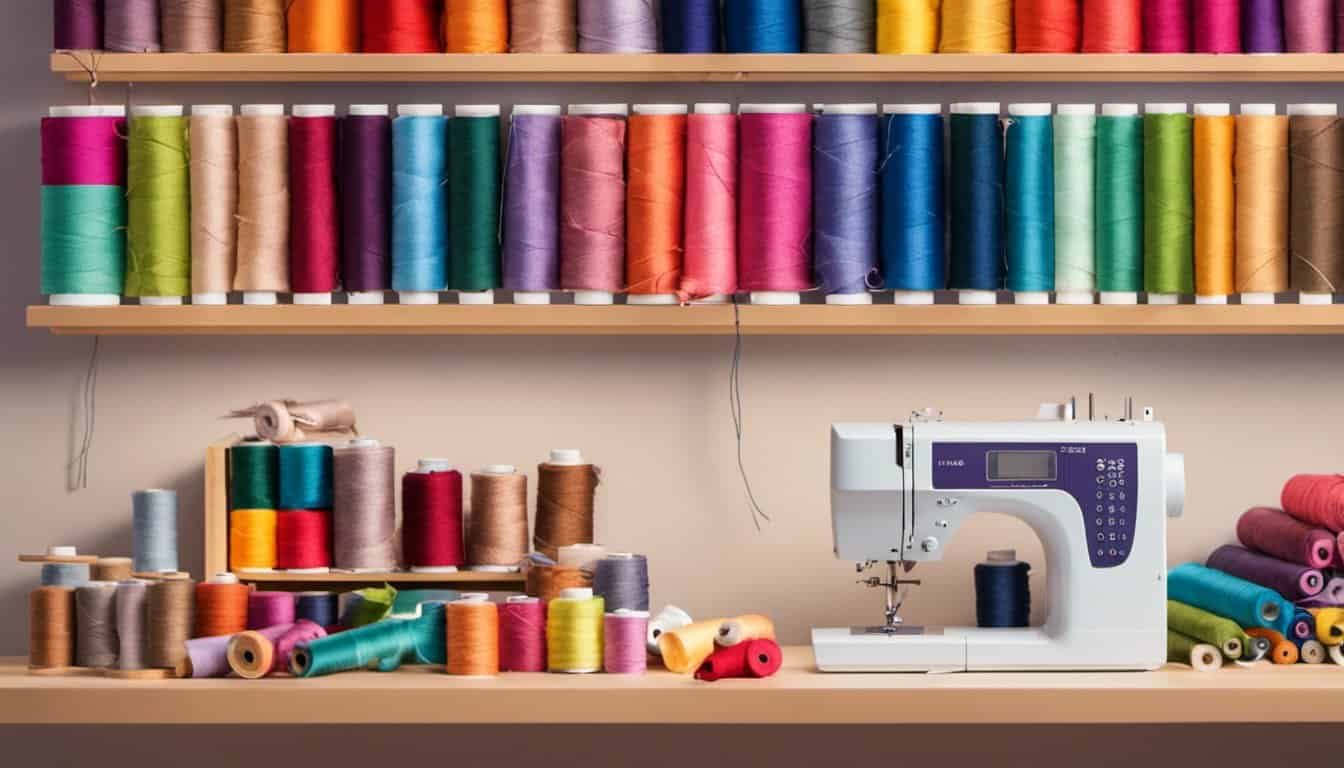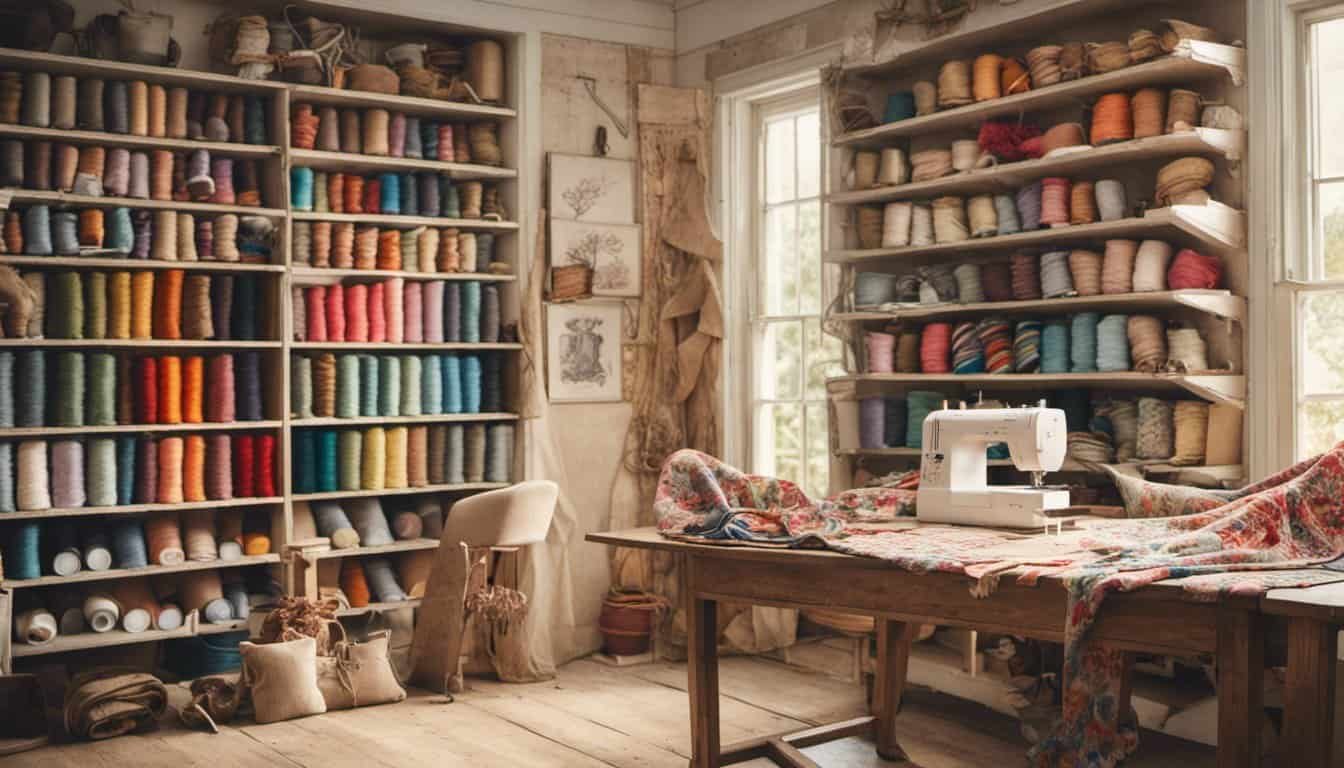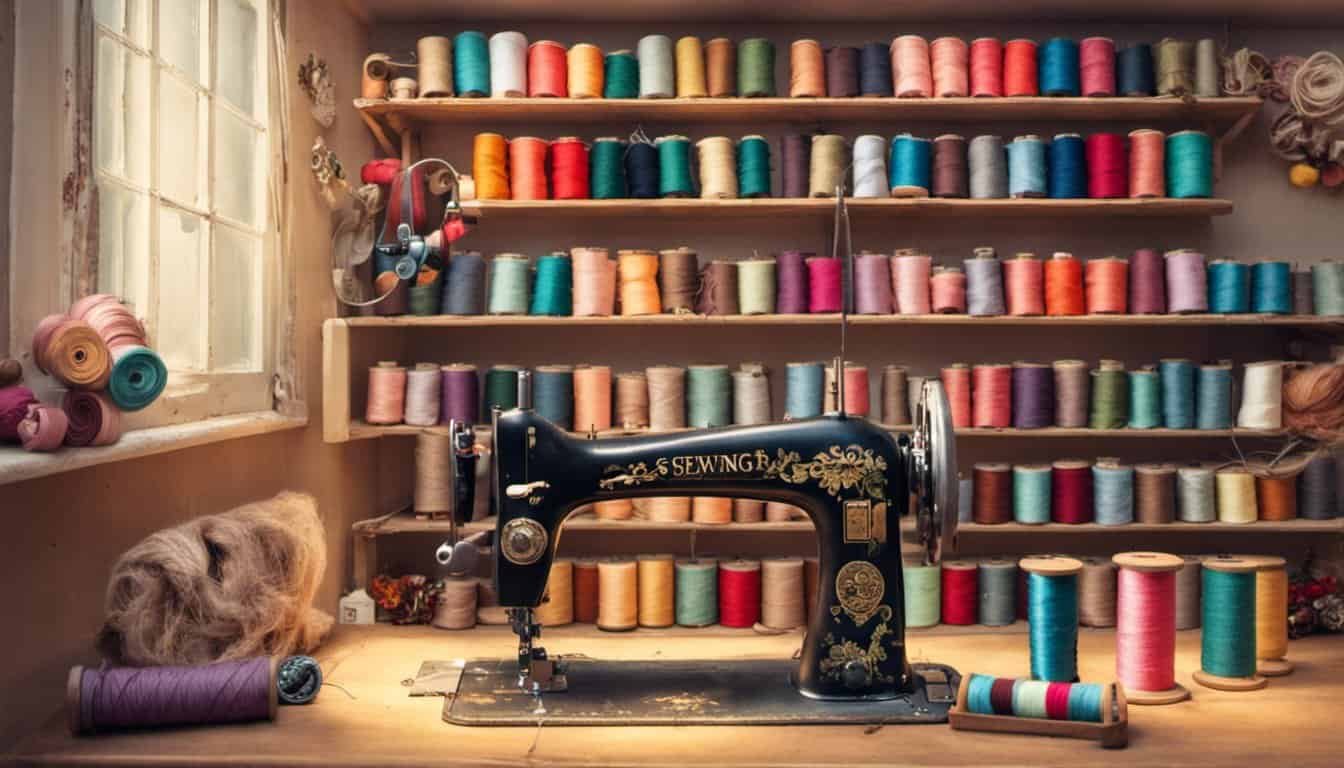Have you ever wanted to give back to your furry friends while honing your sewing skills? Sewing pet toys for animal shelters is a wonderful way to make a difference. Not only do you provide comfort and joy to animals in need, but you also create something unique with your own hands.
Imagine the wagging tails and purrs of appreciation when your handmade toys bring happiness to shelter pets. Whether you’re a seasoned seamstress or just starting out, this guide will walk you through the simple steps to create durable and delightful toys that your local shelters will love.
Importance of Sewing Pet Toys for Animal Shelters
Sewing pet toys enhances the well-being of shelter animals by providing them with stimulation and comfort. Engaged pets display fewer behavioral issues, leading to a more harmonious shelter environment. For example, interactive toys like braided ropes or plush squeakers keep cats and dogs entertained for hours.
Additionally, handmade toys offer a cost-effective solution for shelters facing budget constraints. Creating durable toys reduces the need for frequent replacements, ensuring long-lasting playthings. Shelters can save up to 30% on toy expenses by sewing their own supplies.
Contributing to your local shelter fosters community support and strengthens the human-animal bond. Volunteers who sew toys demonstrate compassion, inspiring others to participate in shelter initiatives. This collaborative effort improves the overall quality of care for animals in need.
| Benefit | Description |
|---|---|
| Enhanced Well-being | Provides stimulation and reduces stress in animals |
| Cost-Effectiveness | Saves shelters up to 30% on toy expenses |
| Community Engagement | Encourages volunteer participation and support |
| Durability | Ensures long-lasting toys that withstand wear |
Sewing pet toys bridges the gap between resource limitations and the need for enriching environments in animal shelters. By contributing your skills, you play a vital role in improving the lives of countless animals awaiting their forever homes.
Essential Materials and Tools
Gather the right materials and tools to create safe and durable pet toys for animal shelters. Here’s what you need:
Choosing Safe Fabrics
Select fabrics that ensure safety and longevity for shelter pets. Consider the following:
- Cotton: Durable, machine washable, suitable for various toy designs.
- Fleece: Soft texture, easy to clean, ideal for comfort toys.
- Denim: Heavyweight, tear-resistant, perfect for sturdy chews.
Avoid materials with loose threads or toxic dyes to prevent potential hazards. Ensure all fabrics are pet-safe and non-toxic to maintain the well-being of the animals.
Necessary Sewing Tools
Equip yourself with essential sewing tools to efficiently craft pet toys. You’ll need:
- Sewing Machine: Opt for a reliable machine with multiple stitch options for versatility.
- Thread: Use strong, washable polyester or cotton thread to ensure durability.
- Scissors: Invest in sharp fabric scissors for precise cuts.
- Pins and Needles: Secure fabric pieces with pins and choose appropriate needles based on fabric type.
- Measuring Tape: Accurate measurements guarantee consistent toy sizes.
- Templates: Utilize templates for uniform shapes and easy replication.
- Stuffing Material: Select polyester fiberfill or other safe stuffing options for plush toys.
Having these tools on hand streamlines the sewing process, allowing you to produce high-quality toys efficiently.
Step-by-Step Guide to Sewing Pet Toys
Create durable and enjoyable toys with these simple steps.
Designing Durable Toys
Select fabrics like cotton, fleece, or denim for strength and safety. Incorporate double stitching to enhance durability. Choose patterns with minimal small parts to prevent ingestion. Opt for simple shapes such as balls, tug toys, and squeaky toys to ensure longevity and ease of sewing. Include reinforced seams at stress points to withstand active play.
Basic Sewing Techniques
Use a reliable sewing machine for consistent stitching. Apply the backstitch or straight stitch for secure seams. Reinforce stress areas by sewing multiple lines. Add bar tacks at the ends to prevent fraying. Measure accurately with a tape measure and cut fabrics precisely with sharp scissors. Utilize pins to hold pieces together before sewing, ensuring aligned edges. Choose strong thread that matches the fabric to maintain durability.

Cost-Effective Strategies
Creating pet toys for animal shelters doesn’t have to break the bank. Implement these strategies to maximize your resources and efficiency.
Sourcing Affordable Materials
- Repurposed Fabrics: Use leftover fabrics from your sewing projects or donations from local businesses.
- Bulk Purchasing: Buy materials like cotton, fleece, and denim in bulk to reduce costs per unit.
- Discount Stores: Explore thrift stores and discount fabric outlets for high-quality materials at lower prices.
- Online Suppliers: Compare prices from various online retailers to find the best deals on sewing essentials.
- Local Donations: Request fabric donations from community members or local tailor shops to supply your projects.
Time-Saving Sewing Tips
- Template Preparation: Create and use templates for repetitive toy shapes to cut fabric quickly and accurately.
- Double Stitching: Sew multiple layers simultaneously using a walking foot to reinforce seams without extra passes.
- Batch Processing: Work on multiple toys at once by cutting all pieces together, then assembling them in stages.
- Efficient Layouts: Optimize fabric layout to minimize waste and reduce cutting time.
- Sewing Machine Maintenance: Keep your sewing machine well-maintained to prevent delays caused by malfunctions.
Cost Savings Overview
| Strategy | Estimated Savings |
|---|---|
| Bulk Purchasing | 20% |
| Repurposed Fabrics | 15% |
| Discount Stores | 10% |
| Online Suppliers | 5% |
| Local Donations | 25% |
Implementing these cost-effective strategies ensures that you can produce more toys while staying within budget, ultimately benefiting the animals in shelters.
Best Practices for Animal Shelter Needs
Selecting Durable Materials
Choose fabrics like cotton, fleece, and denim for strength and safety. Avoid materials with loose threads or toxic dyes to prevent choking hazards and allergies.
Designing Safe Toys
Create simple shapes without small parts that pets can swallow. Use double stitching at all seams to enhance durability and withstand rough play.
Considering Pet Sizes and Types
Match toy sizes to the animals’ breeds and sizes. Larger shelters may need a variety of toy sizes to accommodate different animals, from small dogs to large cats.
Ensuring Easy Cleaning
« How to Sew Knit Fabrics Without Stretching: 10 Expert Tips You Need
Unlock the Secrets of Sewing Corduroy: A Textured Fabric Guide »
Select machine-washable fabrics to maintain hygiene. Reinforce seams to prevent stuffing from escaping during washing, ensuring toys remain safe and clean.
Incorporating Enrichment Features
Add elements like squeakers or crinkly materials to stimulate pets’ senses. Ensure all added features are securely attached to prevent ingestion and provide effective engagement.
Prioritizing Efficiency in Production
Utilize templates and batch processing to streamline the sewing process. Organize materials and workspace to maximize productivity and reduce production time.
Collaborating with Shelter Staff
Seek feedback from shelter staff to understand specific needs and preferences. Adjust toy designs based on their insights to better serve the animals’ well-being.
Implementing Cost-Effective Strategies
Purchase materials in bulk to lower costs. Repurpose donated fabrics to create a diverse range of toys while minimizing expenses.

Maintaining Consistent Quality
Perform regular quality checks on finished toys to ensure they meet safety and durability standards. Address any defects promptly to uphold the shelters’ trust and benefit the animals.
Tracking and Evaluating Impact
Monitor the usage and condition of the toys in shelters. Collect data on their effectiveness in enhancing pets’ well-being and make improvements based on observations.
Adhering to Safety Standards
Follow guidelines from organizations like the ASPCA to ensure all toys meet safety requirements. Stay updated with best practices to maintain high standards in toy production.
Promoting Sustainability
Choose eco-friendly materials to reduce environmental impact. Implement sustainable practices in your sewing process, such as minimizing waste and using recyclable materials.
Encouraging Community Involvement
Engage local volunteers and donors to support toy-making efforts. Foster a community spirit that contributes to the shelters’ resources and the animals’ happiness.

Providing Clear Instructions
Create detailed guides for assembling the toys, allowing others to contribute effectively. Ensure instructions are easy to follow, promoting consistency and quality across all toys produced.
Utilizing Cost-Effective Tools
Invest in reliable sewing machines and essential tools that enhance efficiency without overspending. Maintain and care for your equipment to ensure longevity and consistent performance.
Leveraging Online Resources
Access tutorials and patterns from reputable sources to expand your toy designs. Stay informed about the latest crafting techniques to improve the quality and variety of your creations.
Scaling Production
Increase your production capacity by organizing sewing groups or workshops. Distribute tasks effectively to produce a higher volume of toys, meeting the shelters’ demands promptly.
Documenting Processes
Keep records of materials used, designs created, and production methods. Use this documentation to replicate successful practices and streamline future toy-making endeavors.

Fostering Innovation
Experiment with new designs and materials to keep the toys engaging for shelter animals. Continuously seek ways to enhance the toys’ functionality and appeal based on the animals’ reactions.
Ensuring Accessibility
Provide affordable or free toys to shelters with limited budgets. Implement donation drives and fundraising efforts to support the ongoing production of pet toys.
Monitoring Trends
Stay updated with trends in pet toy designs and materials. Incorporate popular and effective features to make the toys more appealing and beneficial for the animals.
Maintaining Flexibility
Adapt your toy-making strategies based on the shelter’s evolving needs. Remain open to feedback and willing to modify designs to better serve the animals.
Promoting Health and Safety
Incorporate therapeutic elements, such as textures that promote dental health or materials that reduce anxiety. Ensure all features contribute positively to the pets’ overall health and well-being.

Streamlining Distribution
Organize efficient methods for delivering toys to shelters. Coordinate with local organizations to ensure timely and organized distribution, maximizing the toys’ positive impact.
Building Partnerships
Collaborate with local businesses and organizations to secure materials and support for toy-making projects. Strengthen community ties to enhance the sustainability of your efforts.
Training Volunteers
Provide training sessions for volunteers to ensure consistent quality in toy production. Equip them with the necessary skills and knowledge to contribute effectively to the project.
Celebrating Successes
Share achievements and positive outcomes with the community to encourage continued support. Highlight the benefits the toys bring to shelter animals, fostering ongoing engagement.
Allocating Resources Wisely
Prioritize essential materials and tools to maximize the quality and quantity of toys produced. Manage your budget effectively to ensure resources are used efficiently and sustainably.

Recommended Patterns and Resources
Free Patterns
- Basic Rope Toy: Ideal for beginners, featuring simple knots and durable construction. Available at AllFreeSewing.com.
- Squeaky Plush Toy: Includes instructions for adding squeakers safely. Access it on TheSpruceCrafts.com.
- Interactive Tug Toy: Features multiple attachment points for interactive play. Download from Instructables.com.
Paid Patterns
- Durable Chew Toy by Sew4Paws: Comprehensive guide with multiple sizes to accommodate different pets. Purchase on Etsy.
- Interactive Ball Toy by CraftyPets: Detailed instructions with interactive elements for added engagement. Available at Craftsy.com.
Online Resources
- Sewing Blogs: Explore Sewing.org for a variety of pet toy patterns and sewing tips.
- YouTube Channels: Follow Sewing with Pam for video tutorials on creating pet toys.
- Pinterest Boards: Browse Pinterest Pet Toy Patterns for inspiration and downloadable patterns.
Books and Guides
- “Sewing for Pets: Toy Patterns and Techniques” by Jane Doe: Offers over 20 patterns with step-by-step instructions.
- “Handmade Pet Toys: Creative Projects for Dogs and Cats” by Emily Smith: Includes a variety of durable and interactive toy designs.
Supply Sources
- Fabric Stores: Purchase durable fabrics like cotton, fleece, and denim at Joann or Mood Fabrics.
- Online Retailers: Find pet-safe stuffing and non-toxic threads at Amazon and Fabric.com.
- Specialty Shops: Source unique materials such as organic cotton and recycled fabrics from Etsy sellers.
Community and Support
- Forums: Join Reddit’s Sewing Community to share patterns and get advice.
- Local Sewing Groups: Participate in local sewing meetups or workshops to collaborate on pet toy projects.
- Social Media Groups: Engage with Facebook groups like “Sewing for a Cause” to exchange ideas and resources.
Tools and Accessories
- Sewing Machines: Invest in a reliable sewing machine from Brother or Singer for durable toy construction.
- Cutting Tools: Use sharp scissors and rotary cutters from Fiskars for clean fabric edges.
- Measuring Tools: Ensure accurate measurements with a high-quality measuring tape from Dritz.
Educational Resources
- Online Courses: Enroll in pet toy sewing classes on Udemy or Skillshare to enhance your skills.
- Tutorial Websites: Access step-by-step guides on Craftsy for various pet toy projects.
By utilizing these patterns and resources, you can efficiently create high-quality pet toys that meet the needs of animal shelters, ensuring durability and safety for the animals.
Conclusion
Sewing pet toys for animal shelters is a wonderful way to make a difference. You get to create something special that brings joy to animals in need. It’s a fulfilling activity that not only helps shelter pets but also hones your sewing skills.
By choosing the right materials and following simple steps you can produce durable and safe toys. Your efforts provide comfort and stimulation to animals awaiting their forever homes. Plus sewing your own toys can save shelters money and build stronger community ties.
Get started today and see the positive impact your handmade toys can have. Every stitch you make contributes to a happier and healthier environment for shelter animals. Your creativity and kindness truly make a difference




![Won't You Be My Neighbor? [Blu-ray]](https://m.media-amazon.com/images/I/51-wp0x3h-L._SL500_.jpg)

![Won't You Be My Neighbor? [DVD]](https://m.media-amazon.com/images/I/41orN06tn1L._SL500_.jpg)











